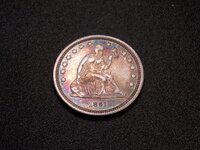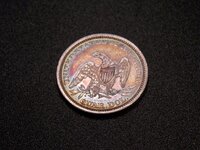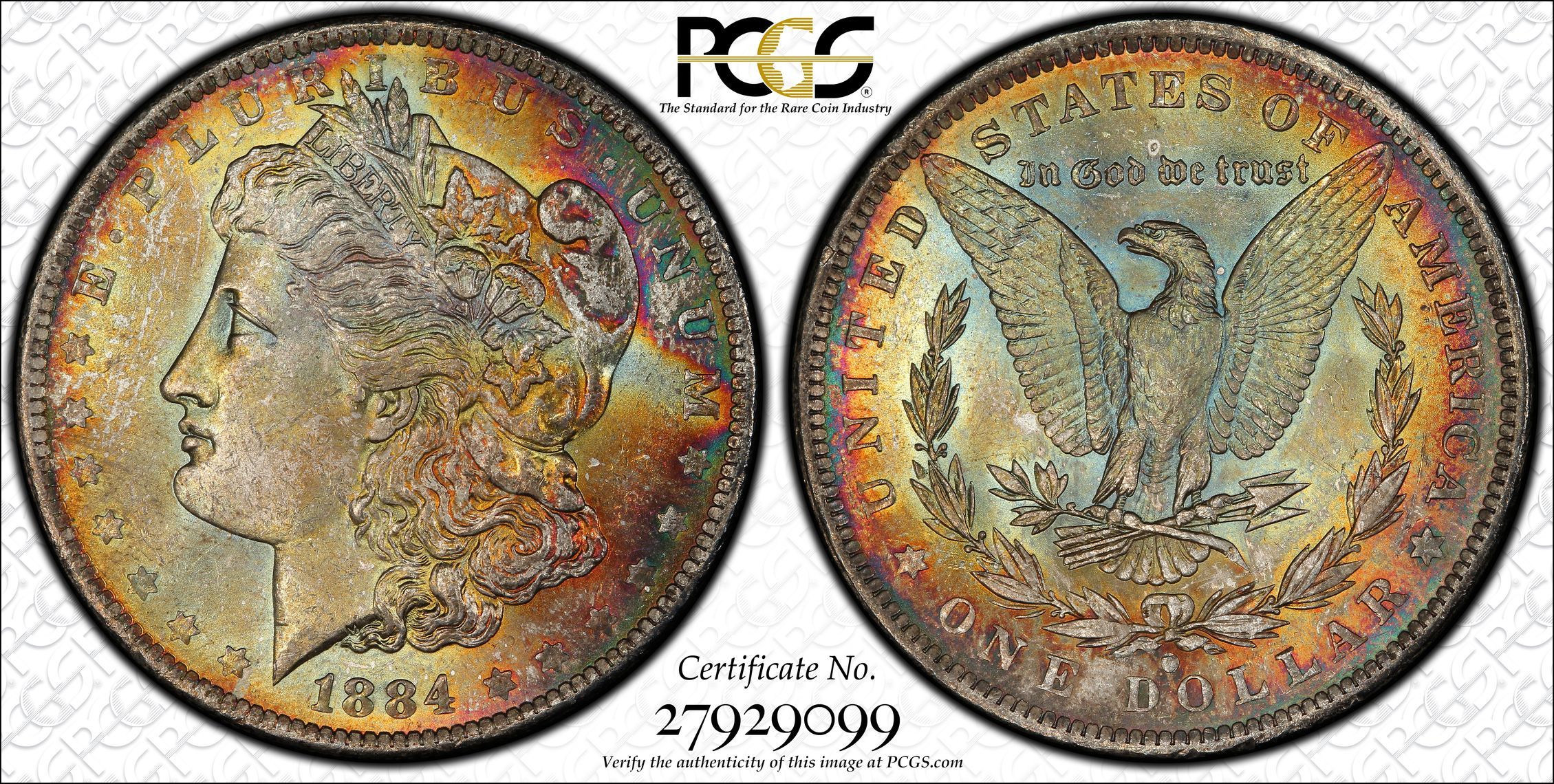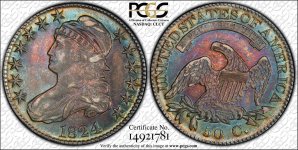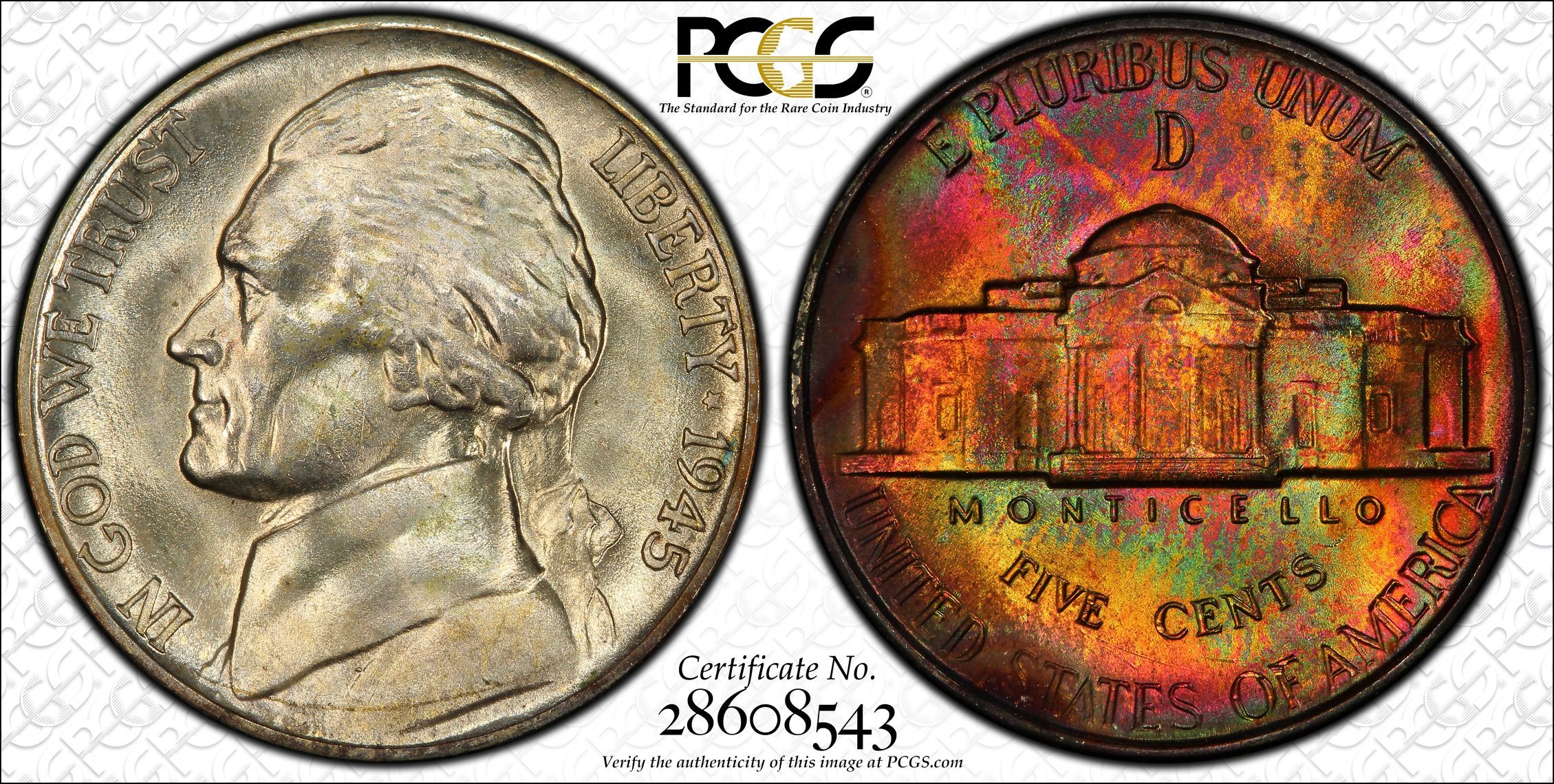Davers
Gold Member
- Jan 8, 2013
- 8,127
- 7,147
- Detector(s) used
- Whites Spc xlt & Tesoro Tejon- Now back ...Fisher 1266-X. TRX Pointer. New .Teknetics G2 + . New AT Pro .
- Primary Interest:
- All Treasure Hunting
Is there anyone like me out there that does not like the look of Rainbow & other types of flamboyant bright toning on their coins.
It just does not appeal to me for some reason.

Davers
It just does not appeal to me for some reason.
Davers


